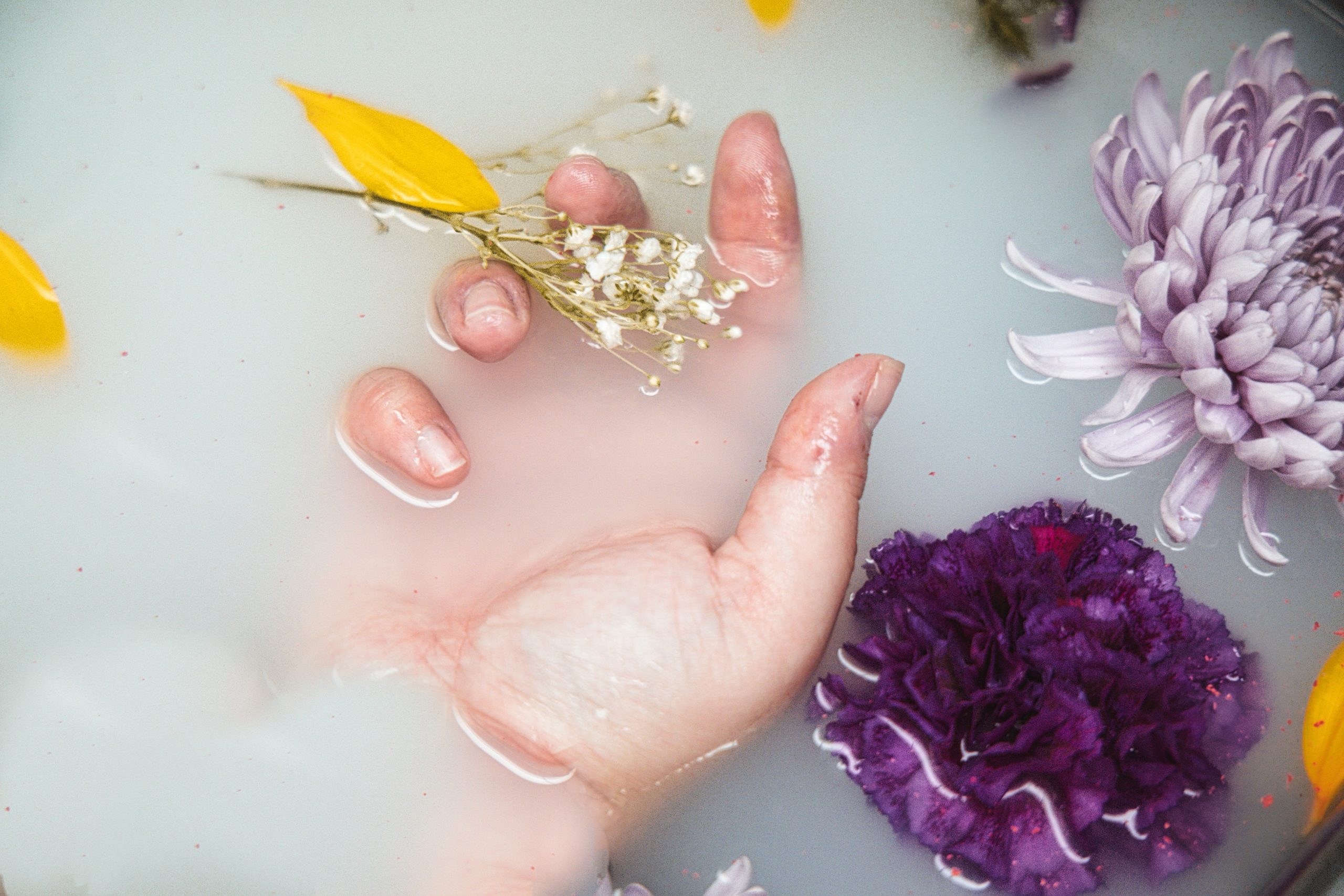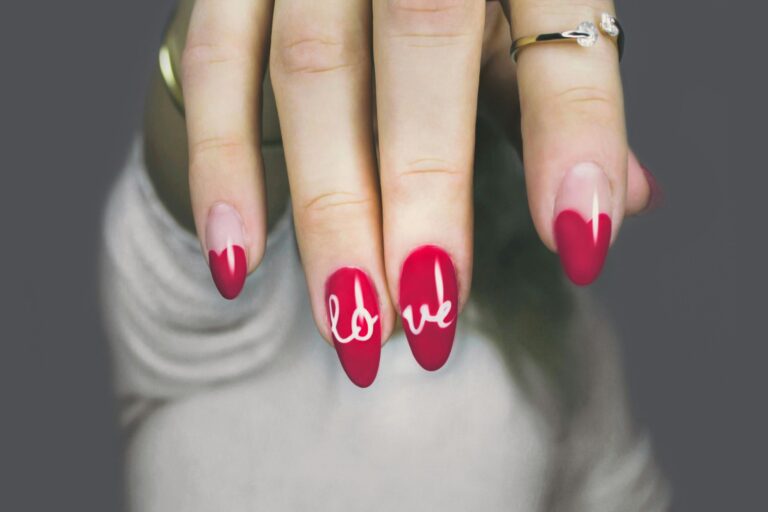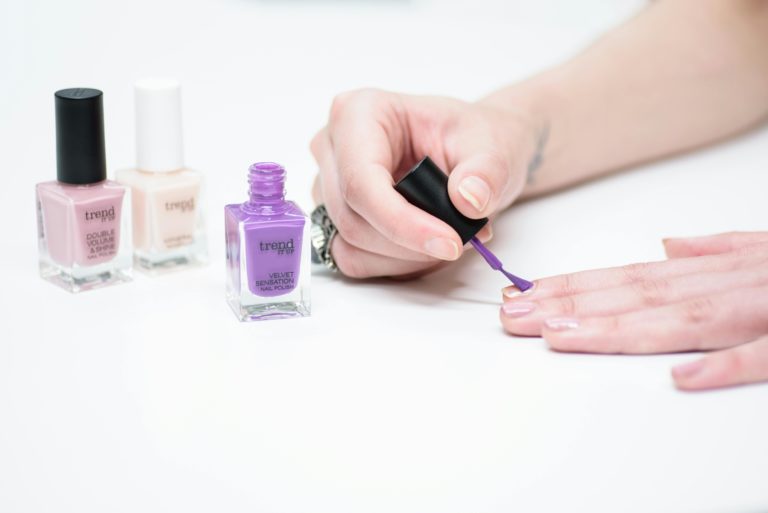Have you ever looked down at your hands and noticed that your nails are brittle, dry, or uneven? It’s a common experience, but it doesn’t have to be.
Our nails are not only aesthetically important, but they also serve a practical purpose in protecting our fingertips. That’s why taking care of them is crucial, and it’s never too late to start.
If you’re new to nail care or want to improve your existing routine, this beginner’s guide is for you. In this guide, we’ll cover the basics of nail anatomy, essential nail care practices, nail care products and tools, tips for maintaining healthy nails, and more.
With these tips and tricks, you’ll be able to achieve healthy and beautiful nails that you’ll be proud to show off.
The Basics of Nail Anatomy
Nails are an important part of our body and serve a variety of functions, including protecting the tips of our fingers and toes, enhancing grip and dexterity, and providing a window into our overall health.
The Different Parts of the Nail
The nail plate, or the visible part of the nail, is made up of layers of hardened keratin cells that protect the sensitive nail bed underneath. The nail bed is rich in blood vessels and nerves and supplies the nail with nutrients and oxygen for healthy growth.
The cuticle, a thin layer of skin that covers the base of the nail plate, acts as a barrier to prevent bacteria and fungi from entering the nail bed. The matrix, located beneath the cuticle, is where new nail cells are produced, which eventually push the older cells toward the tip of the nail, resulting in nail growth.
The lunula, or the white, half-moon-shaped area at the base of the nail, is the visible portion of the nail matrix. It’s an important area to protect, as any damage to the matrix can cause permanent nail deformities.
The hyponychium, or the skin that sits beneath the nail’s free edge, acts as a seal to prevent debris and dirt from entering the space between the nail plate and the nail bed.
How Nails Grow
Nails grow from the nail matrix, which is a structure located beneath the skin at the base of the nail plate. The nail matrix contains dividing cells that produce new nail cells. As these cells are produced, they push the older cells forward, causing the nail plate to grow longer.
The speed at which nails grow varies from person to person, but on average, nails grow at a rate of about 1 millimeter per week. This growth rate can be affected by age, genetics, and overall health.
Factors That Affect Nail Growth and Health
Several factors can affect the growth and health of nails, including:
- Nutrition: A healthy diet rich in protein, vitamins, and minerals can promote healthy nail growth.
- Hydration: Drinking plenty of water can help keep nails hydrated and prevent them from becoming brittle and dry.
- Trauma: Nails can become damaged or distorted due to injuries such as a nail bed laceration or a crush injury.
- Infection: Fungal infections, bacterial infections, and viral infections can all affect the health and appearance of nails.
- Age: As people age, their nails may become thinner, more brittle, and grow more slowly.
- Medical conditions: Certain medical conditions, such as psoriasis, thyroid disorders, and anemia, can affect nail growth and health.
Essential Nail Care Practices
Taking care of your nails is an essential part of personal hygiene and self-care. Neglecting your nails can lead to a host of problems, including infections, brittle nails, and painful hangnails. Here are some essential nail care practices to follow:
1. Regular Nail Hygiene
Clean your nails regularly with soap and water. Use a soft-bristled brush to gently scrub under the nails and remove any dirt or debris. Dry your hands and nails thoroughly after washing.
2. Keeping Nails Properly Trimmed and Shaped
Use sharp, clean nail clippers or scissors to trim your nails straight across. Avoid cutting corners too short to prevent ingrown nails. File your nails in one direction to smooth out any rough edges.
3. Moisturizing and Protecting the Cuticles
Apply a moisturizing cream or cuticle oil to the base of your nails to keep them hydrated and healthy. Avoid pushing back the cuticles, as this can damage the nail bed and increase the risk of infection.
4. Avoiding Harmful Nail Care Practices
Avoid biting your nails, as this can transfer bacteria from your mouth to your nails and lead to infections. Don’t use your nails as tools, as this can cause them to break or split. Also, avoid using harsh chemicals or exposing your nails to excessive moisture, as this can weaken and damage them.
Nail Care Products and Tools
Nail care products and tools are essential for maintaining healthy and beautiful nails. Here are some of the most common nail care products and tools:
1. Nail Clippers and Scissors
These tools are used for trimming and shaping nails. It is important to use a sharp and clean clipper or scissors to prevent damage to the nail.
2. Nail Files and Buffers
Nail files and buffers are used to shape and smooth the nail surface. A nail file with fine grit is recommended to prevent splitting and cracking of the nail.
3. Cuticle Oils and Creams
Cuticle oils and creams are used to moisturize and protect the cuticles. It is important to keep the cuticles hydrated to prevent dryness and cracking.
4. Nail Polish and Removers
Nail polish is used to enhance the appearance of the nails, while nail polish removers are used to remove old polish. It is important to use a non-acetone nail polish remover to prevent damage to the nail.
Nail Care For Different Nail Types

Nails come in different shapes, sizes, and types, and each one requires a specific care routine to maintain its health and appearance. In this section, we will discuss how to take care of different nail types.
1. Tips for Taking Care of Brittle Nails
For brittle nails, it’s important to avoid exposing them to harsh chemicals and water for extended periods. Keeping nails trimmed short and avoiding biting or picking at them can also help prevent breakage. Using a strengthening nail treatment or supplement with biotin can also be helpful.
2. Caring for Soft and Thin Nails
Soft and thin nails may require extra moisture to prevent cracking and breaking. Using a nourishing cuticle oil or cream can help protect the nail bed and promote nail growth. Avoiding harsh nail products and opting for gentle polishes can also help maintain their health.
3. Nail Care For Thick and Strong Nails
For those with thick and strong nails, regular maintenance is key. Keeping them properly trimmed and shaped can prevent them from becoming too thick and difficult to manage. Using a buffing block to smooth out ridges and moisturizing cuticle oil can also keep them looking healthy and shiny.
4. Taking Care of Nail Extensions and Artificial Nails
If you have nail extensions or artificial nails, it’s important to be gentle with them and avoid excessive force or pressure. Regular maintenance appointments with a professional nail technician can also ensure their longevity and prevent damage to your natural nails.
Remember, the key to healthy nails is regular maintenance and care tailored to your specific nail type. You can maintain strong and beautiful nails by following these tips and practicing good hand hygiene.
Tips for Maintaining Healthy Nails
Maintaining healthy nails is crucial not only for their appearance but also for overall health. Here are some tips for keeping your nails healthy:
- Eat a balanced diet: Eating a well-balanced diet is important for healthy nail growth. Make sure to include protein, vitamins, and minerals like biotin, vitamin E, calcium, and iron, which promote strong and healthy nails.
- Keep nails dry and clean: Avoid keeping your nails wet for long periods of time, as this can weaken them and make them more prone to infections. Also, regularly clean your nails and remove any dirt or debris underneath them to prevent the growth of harmful bacteria.
- Moisturize your nails and cuticles: Dry nails and cuticles can lead to cracking and peeling. To avoid this, moisturize your nails and cuticles with oils or creams regularly. This will help to keep them healthy, smooth, and hydrated.
- Don’t bite your nails: Biting your nails not only damages the nail bed but also exposes you to harmful bacteria and viruses. If you have trouble with nail-biting, try using bitter-tasting nail polish or speak to a healthcare provider or therapist for help.
- Protect your nails: Avoid exposing your nails to harsh chemicals, such as cleaning products, and wear gloves when washing dishes or doing other chores that involve water and detergents. Also, be careful while doing manual work or playing sports to avoid trauma to your nails.
- Don’t overuse nail products: Nail products like nail polish, gels, and acrylics can damage your nails if used excessively. Allow your nails to breathe by taking a break from these products occasionally.
When to Seek Professional Help for Nail Problems
If you notice any abnormalities like changes in color, thickness, or shape, or if you experience pain or discomfort in your nails, it’s best to consult a healthcare provider. Early diagnosis and treatment of nail problems can prevent further damage and promote healthy nail growth.
Conclusion
Taking care of your nails is an essential part of self-care and hygiene. By following the tips and guidelines outlined in this beginner’s guide, you can ensure that your nails stay healthy, strong, and beautiful.
Remember to always prioritize regular nail hygiene, moisturize and protect your cuticles, and avoid harmful nail care practices. By maintaining healthy habits and using the right products and tools, you can enjoy the benefits of healthy nails and feel confident in your appearance. So go ahead, give your nails some love, and enjoy the feeling of healthy, well-groomed hands.



